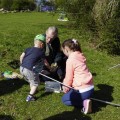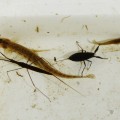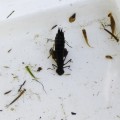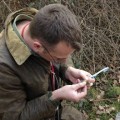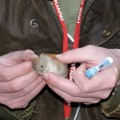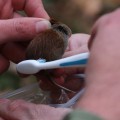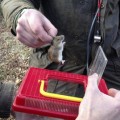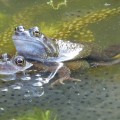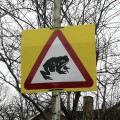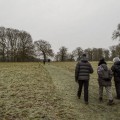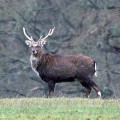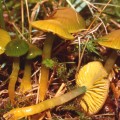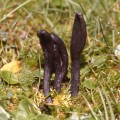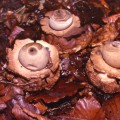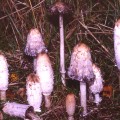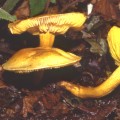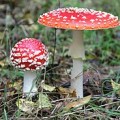Were you one of the 5 YounGnats that joined us at Harrold-Odell Country Park to find what lurks beneath the water? The YounGnats (and adults) were very enthusiastic and found lots of interesting creepy crawlies in their nets. The catches were transferred to white trays with water so everything could be seen, identified and watched.
A Spined Loach was one of the star finds as well as the Water Scorpion and Water Stick Insect. A very large dragonfly nymph was identified as an Emperor Dragonfly and the Caddis fly larvae were varied and fascinating.
Several knowledgeable adults were there to help with identification and below is a list of the animal groups we found.
- Oooh, what have we found?
- … a Spined Loach, a Water Scorpion, a Water Stick Insect …
- … an Emperor Dragonfly nymph, a Leech, and a Damselfly larvae.
Mayfly nymphs several species
Damselfly nymphs several species
Dragonfly nymph 1, an Emperor Dragonfly
Mosquito larvae
Water fleas
Leech 1
Snails several species
Caddis fly larvae several species
Water hog louse
Water bugs several species including Saucer Bugs, Water Scorpion & Water Stick Insect
Water Beetle 1
Fish several species including Spined Loach
Thanks to Sheila Brooke for providing such a lovely day, and to Betty Cooke, our roving photographer, for showing us some of the finds.
We all enjoyed the afternoon, the sun was shining and we look forward to seeing you there next time!

